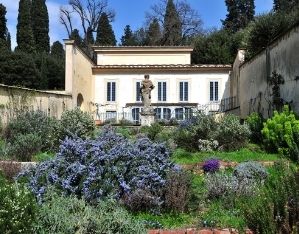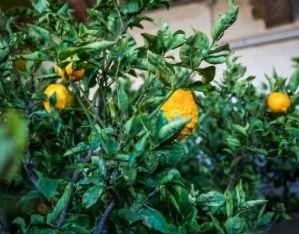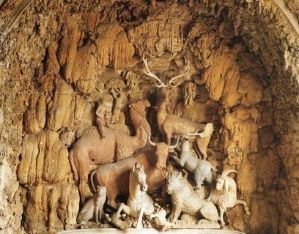The earliest among the Medici gardens, Giardino della Villa Medicea di Castello is the prototype of Renaissance garden exemplifying the level of magnificence that a simple walled garden, with a flawless articulation on different levels, can achieve.
Between 1537 and 1538 Cosimo I decided to expand a property that had been in the Medici family since 1477. Niccolò Pericoli, known as Tribolo, is the author of this masterpiece that was developed on the basis of an intricate symbolic programme: the garden is in fact an allegorical representation of the good government of the Medici family, identifying the Grand Duchy with a Golden Age. Tribolo was also the author of the “Grotta degli Animali” (Grotto of the Animals). After his death, other artists, including Giorgio Vasari, intervened on this area of the garden set in the embankment below the “selvatico”. The most substantial alterations were introduced in the 1770s and 1880s, when a labyrinth was dismantled, the Fiorenza fountain removed (installed at Villa della Petraia) and replaced by one with Bartolomeo Ammannati’s group of Hercules and Antaeus. At this stage, the entire design of the central section was also modified. Later, Leopold II of Lorraine created the large landscaped English-style parks of Castello and Petraia with the avenue connecting the two villas. The garden appears as a large walled garden divided in geometric sections. In spring large pots of azaleas are placed around the central Hercules and Antaeus fountain, surrounded by marble statues. On the sides, flowerbeds delimited by boxwood hedges offer beautiful blooms of antique roses, peonies and bulbous plants. A lateral stairway leads to the upper level where, amidst cypresses and centuries-old holm oaks, is Ammannati’s Vasca dell’Appennino water feature (1563).





